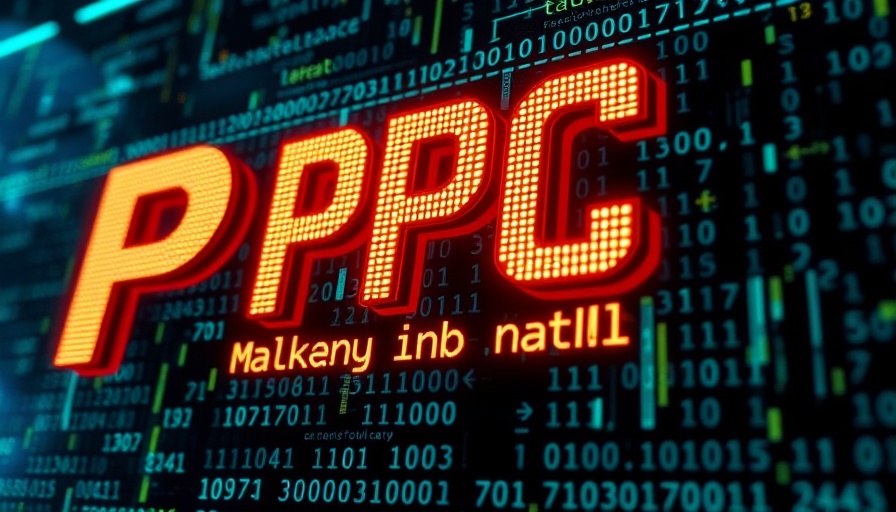
Understanding API Rate Limits: What You Need to Know
In the fast-moving world of digital marketing, where every moment counts, encountering a 429 error can be a frustrating roadblock. This error signifies that a user has sent too many requests in a given amount of time, indicating that they have hit the API rate limit imposed by a web service. Understanding these limits is crucial for professionals, business owners, and marketers who rely on APIs for data integration, social media automation, and more.
Common Causes of Rate Limit Errors
Rate limits are established by APIs to maintain service quality and prevent abuse. Here are some common causes that could lead to encountering 429 errors:
- High Traffic: Sudden spikes in traffic can overload the server, leading to rate limit hits.
- Poor Scheduling: Sending multiple requests without proper pacing can quickly exceed the allowable limits.
- Concurrent Requests: Making simultaneous API calls can multiply the risk of hitting rate limits.
Best Practices to Avoid 429 Errors
To keep your API usage smooth and avoid frustrating interruptions, implement these best practices:
- Pacing Requests: Use implementing back-off strategies, allowing a brief pause between requests to not overwhelm the server.
- Monitor Usage: Keeping an eye on your API usage statistics can alert you when you’re approaching limits.
- Implement Caching: Caching commonly requested data can minimize the need for repetitive API calls, conserving your request quota.
The Importance of API Monitoring Tools
Using API monitoring tools can provide invaluable insights. Tools like Postman and New Relic track API performance and usage patterns, enabling marketers to optimize their API strategies. These tools aid in:
- Identifying Trends: Marketers can see which requests are used most and focus on optimizing those.
- Tracking Errors: Quickly pinpointing sources of 429 errors allows for faster troubleshooting.
- Improving Latency: By understanding and adjusting to peak usage times, businesses can ensure smoother operations.
Future Trends in API Management
The future of API management is evolving rapidly, particularly in integration with marketing technologies:
- AI Integration: Leveraging AI can help in predicting API usage patterns, allowing businesses to optimize processes to decrease 429 errors.
- Microservices Architecture: Developers are increasingly adopting a microservices approach, making functionalities modular and ensuring that single failures don’t cripple services.
- Enhanced Rate Limiting Policies: APIs are expected to implement more sophisticated rate limiting mechanisms, providing flexibility based on user behavior.
Actionable Insights: Tools for Effective API Management
For those dealing with high API call volumes, consider employing the following tools:
- API Gateway Solutions: These services can manage rate limits more effectively, offering analytics and optimization strategies.
- Scheduling Tools: Tools like Zapier or Ifttt can automate tasks and space out requests to avoid hitting limits.
- Performance Monitoring: Use platforms to continuously track API response times and availability.
Final Thoughts: Keep Your Digital Strategy On Track
For professionals navigating the digital landscape, managing API rate limits is integral to maintaining campaign efficiency and service reliability. By understanding common pitfalls and employing proactive strategies, businesses can ensure that they not only meet expectations but exceed them. Now's the time to implement these practices and tools to keep your marketing strategies running smoothly!
For more insights into managing APIs effectively and other digital marketing news, join our newsletter to stay updated on the latest trends and strategies in your industry!
 Add Row
Add Row  Add
Add 




Write A Comment